The Silent Killer: Why Freely Spreading Rat Poison in Your Yard is a Dangerous Game
When it comes to dealing with pesky wildlife in and around your home, many homeowners resort to the use of rat poison as a quick fix. Here are some of the risks of spreading poisons in your yard
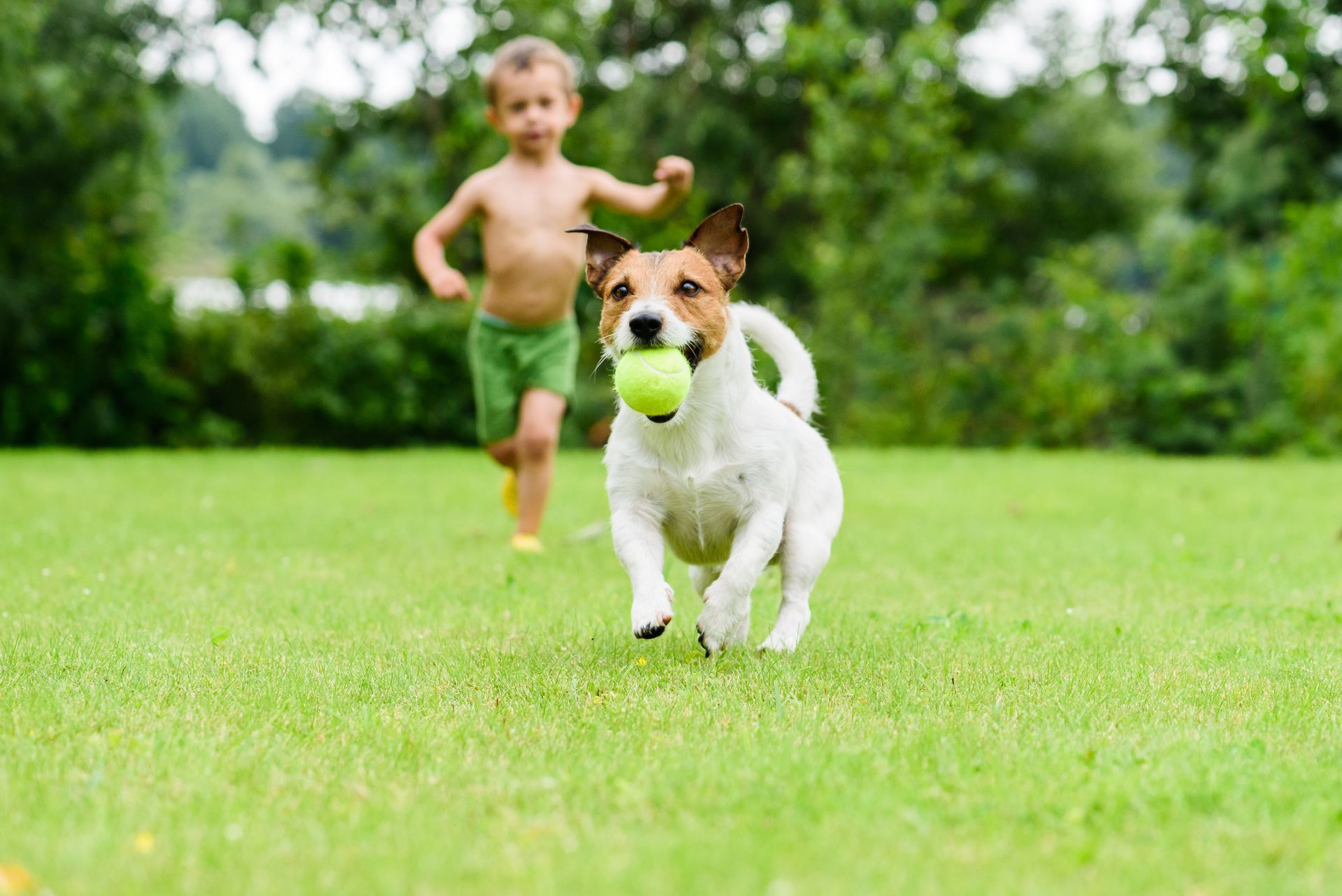
Unintended Victims:
One of the most significant risks associated with rat poison is its potential to harm unintended victims. While nuisance wildlife might be the primary target, many other animals, including birds, pets, and even children can fall victim to secondary poisoning. Predators such as owls, hawks, and foxes that feed on poisoned victims can also ingest the poison, leading to lethal consequences. This unintended harm disrupts the delicate balance of ecosystems and can have far-reaching consequences.
Pet Safety:
Our furry companions, such as dogs and cats, often explore outdoor spaces where rat poison might have been applied. Curious pets may ingest the poison directly or consume rodents that have ingested it, leading to severe health complications or even fatalities. Symptoms of rat poison ingestion in pets can include weakness, lethargy, difficulty breathing, and bleeding disorders. Protecting our pets and other innocent creatures from such hazards should be a priority for any responsible homeowner.
Environmental Impact:
These poisons don't just disappear once it's applied; it lingers in the environment, posing long-term risks to ecosystems. Poisoned wildlife can die in hard-to-reach places, where their bodies decompose and release toxins into the soil. This can contaminate water sources and disrupt the food chain, affecting organisms at multiple trophic levels. Additionally, some rat poisons contain chemicals that persist in the environment for years, accumulating in the bodies of animals and magnifying through the food web.
Human Health Concerns:
Beyond its impact on wildlife and pets, rat poison can also pose health risks to humans. Like our pets, children are naturally curious and often spend time playing outdoors where they could be exposed to or ingest these toxins. Accidental ingestion or exposure to rat poison can lead to serious health complications, including nausea, vomiting, dizziness, and in severe cases, organ damage or death. Children are particularly vulnerable to accidental poisoning, as they may mistake the poison for candy or be unaware of its dangers. Furthermore, improper disposal of rat poison containers or residues can contaminate soil and groundwater, further endangering human health.
Alternatives to Poison:
Fortunately, TLC Wildlife Management provides safer and more sustainable alternatives to indiscriminate use of poisons that homeowners can explore. Implementing integrated wildlife management strategies, such as sealing entry points, removing food sources, and using humane eviction methods, we can effectively control animal/human conflicts without resorting to toxic chemicals. Understanding the opportunities your property provides for food and shelter and learning how to mitigate those areas is key to long term success with wildlife conflicts. Killing native wildlife will not solve the problem if animals are using your home or other structures for denning. The issue is with the compromised structure, and until that is addressed, you will continue to have wild visitors no matter how many you kill. While these animals can pose problems for homeowners, they do all play a vital role in our ecosystem.
So while the temptation to use rat poison or other chemicals as a quick solution to wildlife may be strong, the potential consequences far outweigh any short-term benefits. By understanding the dangers associated with the indiscriminate use of rat poison and toxic chemicals and adopting safer, more humane alternatives, we can protect not only our own health and the well-being of our pets but also safeguard the delicate balance of our ecosystems for generations to come. It's time to rethink our approach to wildlife control and prioritize solutions that are both effective and environmentally responsible.

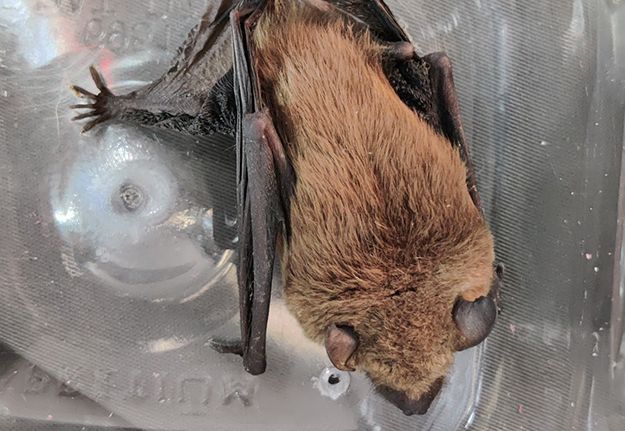
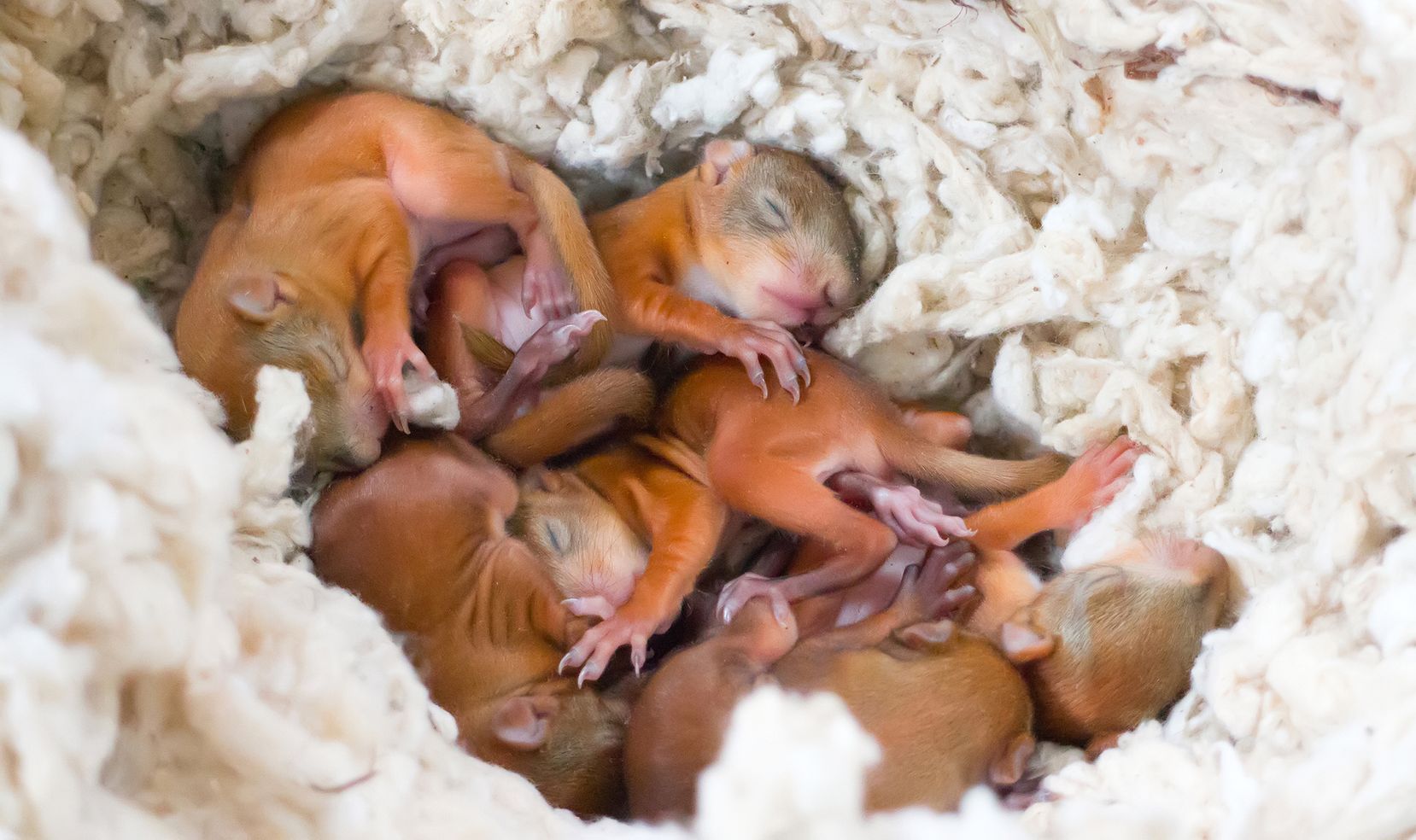





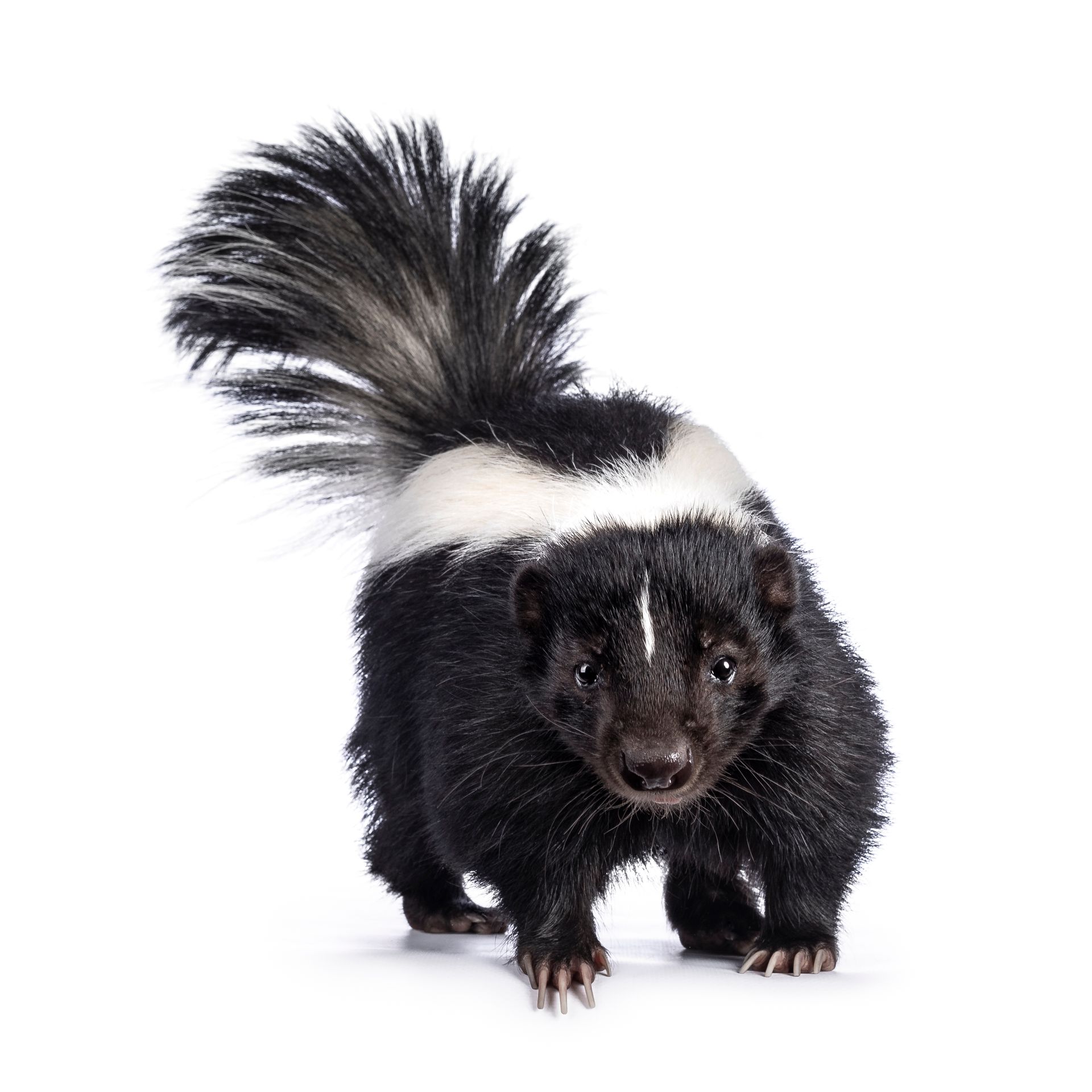
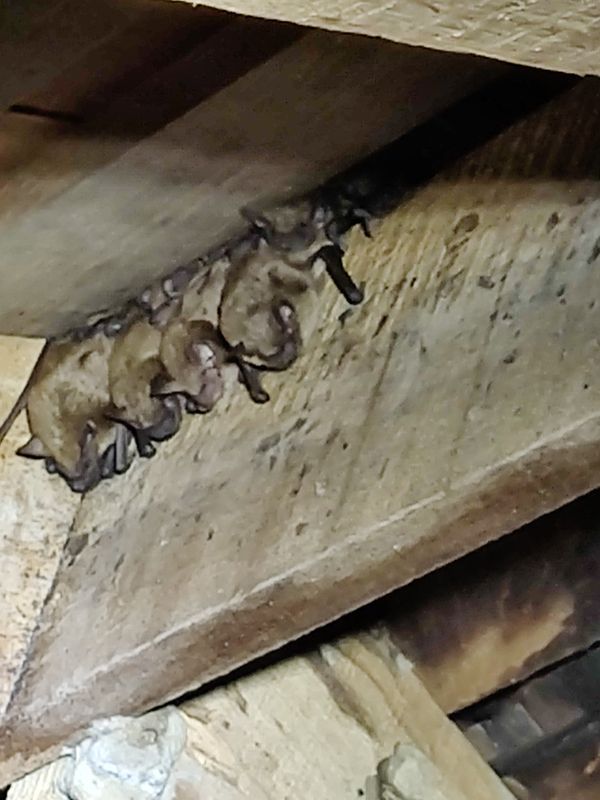
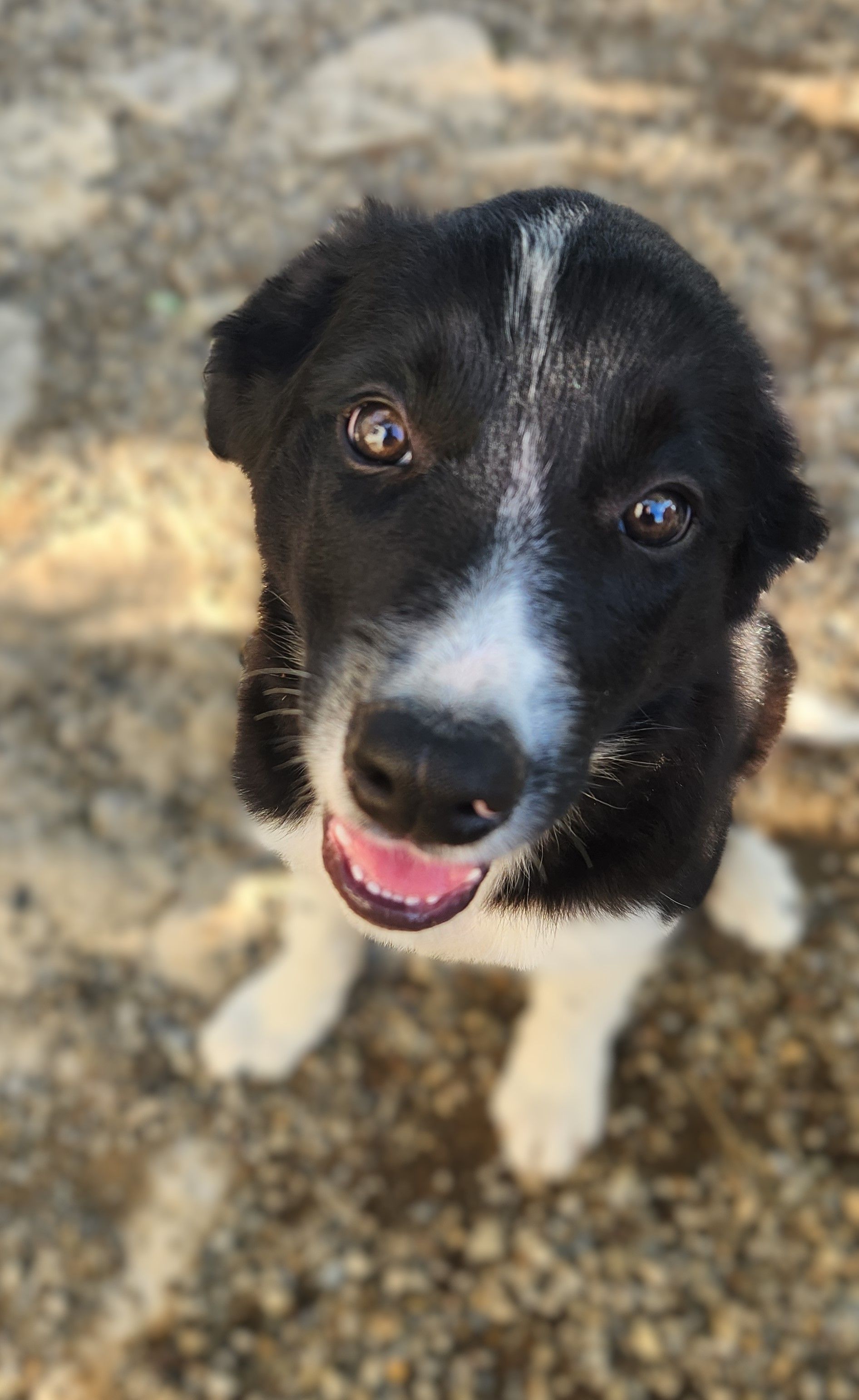

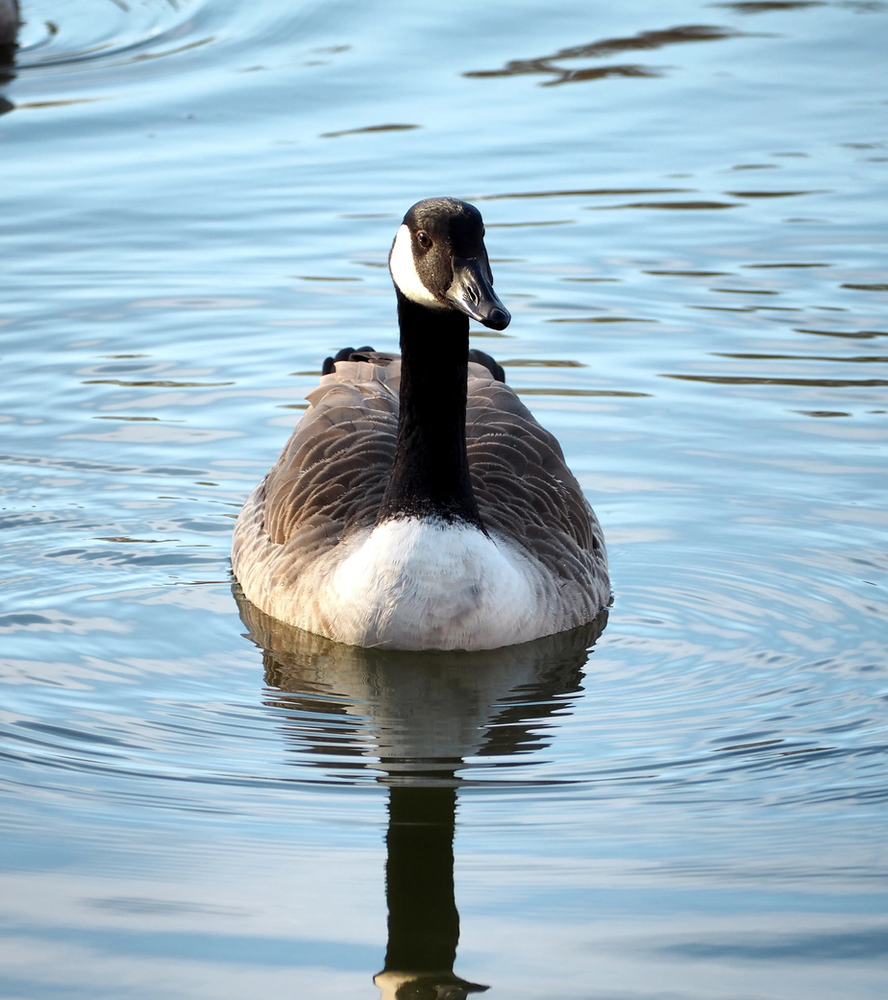
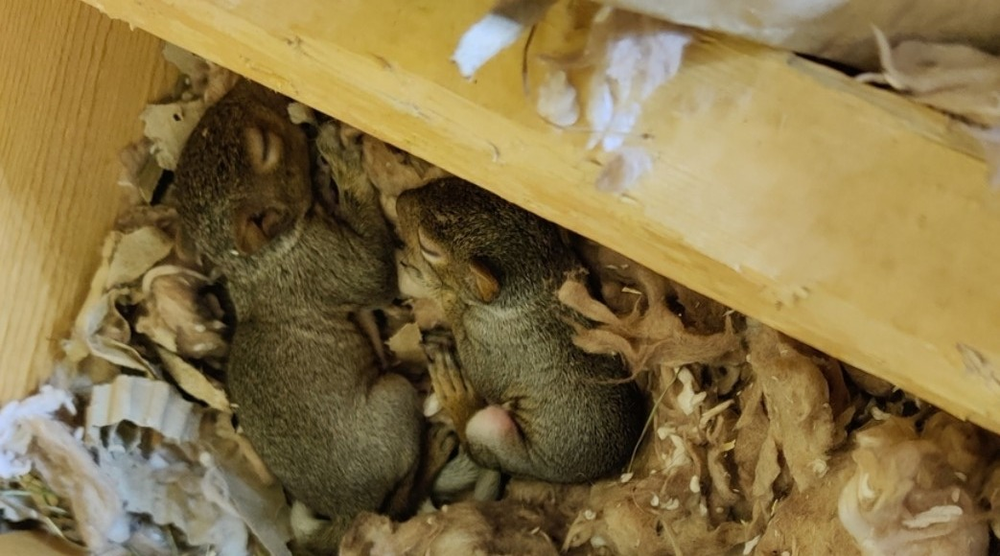
Share On: